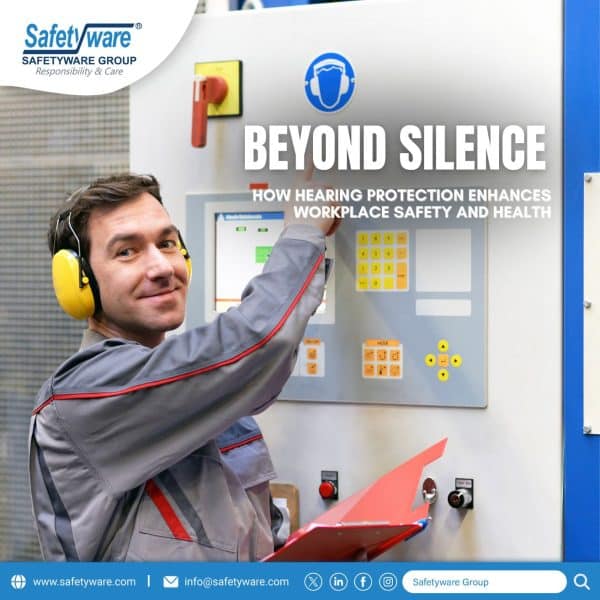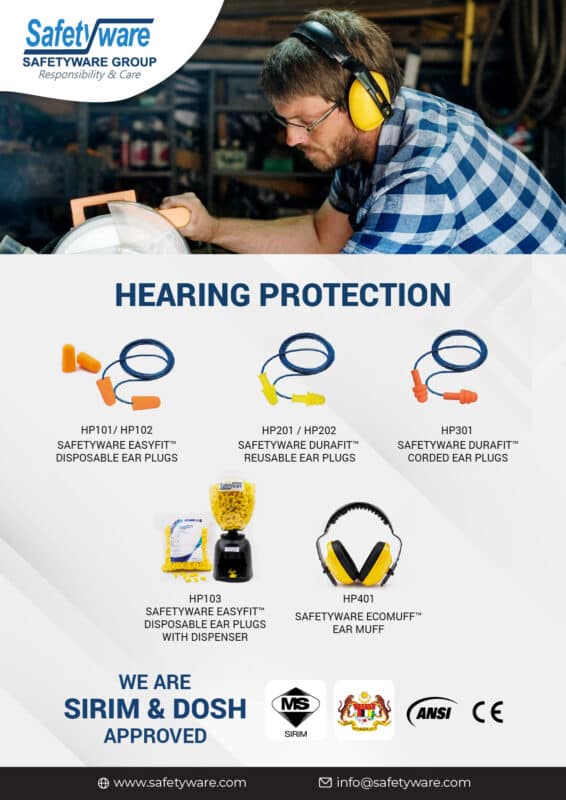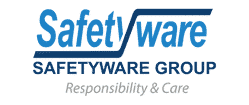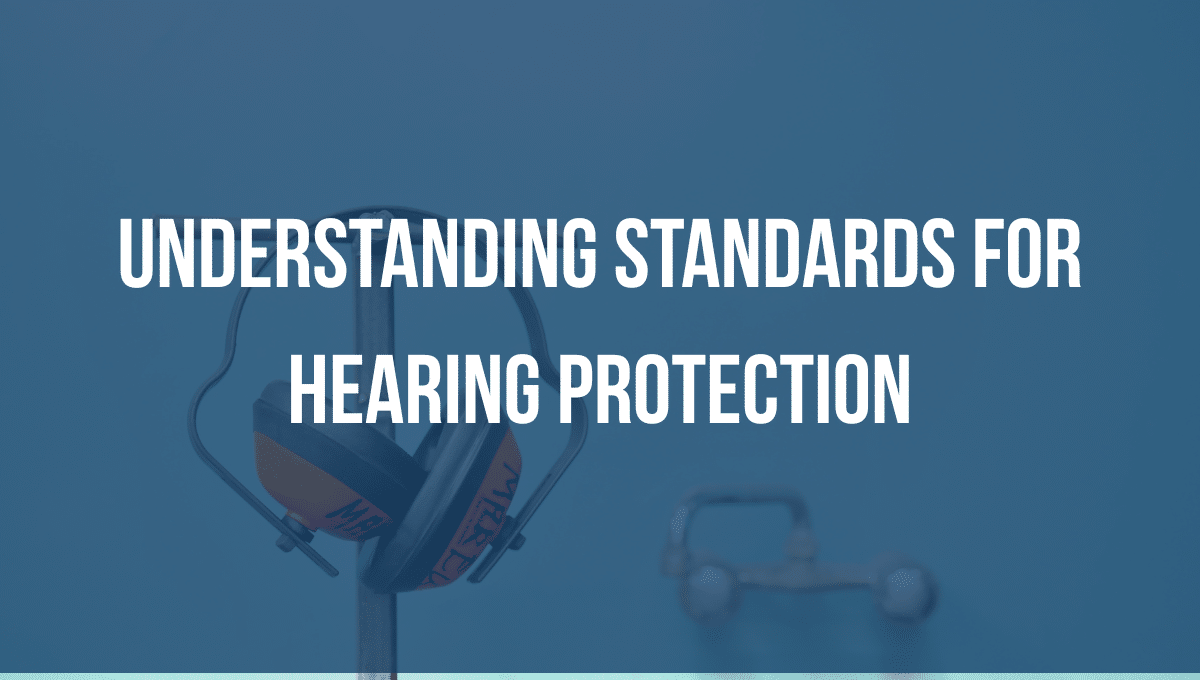Hearing protection standards ensure workplace safety by defining requirements for noise exposure limits, protective equipment, and conservation programs. Below is a detailed breakdown of key standards and their implications:

1. OSHA Standards (U.S.)
The Occupational Safety and Health Administration (OSHA) mandates hearing protection when noise exposure exceeds 85 decibels (dBA) averaged over an 8-hour workday (Time-Weighted Average, TWA) 1511. Key requirements include:
- Permissible Exposure Limit (PEL): 90 dBA TWA, requiring immediate use of hearing protectors if engineering/administrative controls fail.
- Hearing Conservation Program (HCP): Required for exposures ≥85 dBA, including noise monitoring, audiometric testing, training, and provision of hearing protectors.
- Noise Reduction Rating (NRR): Hearing protectors must reduce noise to ≤90 dBA (or ≤85 dBA for employees with hearing loss). OSHA recommends derating NRR by 50% for real-world effectiveness.
2. EN 352 Standards (Europe)
The EN 352 series governs hearing protectors in the EU, ensuring compliance with the Control of Noise at Work Regulations 2005:
- EN 352-1: Ear muffs must meet criteria for materials, sizing, headband force, and attenuation.
- EN 352-2: Ear plugs require testing for sizing, ignitability, and minimum sound attenuation.
- EN 352-3: Ear muffs attached to safety helmets must pass additional durability and fit tests.
- Single Number Rating (SNR): Indicates the level of noise reduction. For example, workplaces with 100 dBA noise require hearing protectors with an SNR of 20–29 dB.
3. Key Components of Hearing Protection Standards
A. Noise Reduction Ratings (NRR)
- Calculation: OSHA’s derating method subtracts 7 dB from the NRR, then divides by 2. For example, a 26 NRR device reduces noise by ~9.5 dB.
- Dual Protection: Combining earplugs and earmuffs adds 5 dB to the higher NRR.
B. Fit Testing and Validation
- Personal Attenuation Rating (PAR): Systems like 3M™ E-A-Rfit™ measure individual attenuation to ensure proper protection.
- Training: Employers must train workers on correct usage, care, and replacement of protectors.
C. Audiometric Testing
- Baseline Audiograms: Required within 6 months of exposure ≥85 dBA to detect hearing loss (Standard Threshold Shift).
- Annual Testing: Compares current hearing levels to baseline; employees with shifts require enhanced protection.
4. Regional Variations
- U.S. State Plans: Some states (e.g., California) enforce stricter rules, requiring hearing protectors for exposures ≥85 dBA and ensuring attenuation to ≤85 dBA for employees with hearing loss.
- EU vs. U.S.: While OSHA focuses on 85 dBA as the action level, EU standards use SNR for selecting protectors and enforce an 87 dBA exposure limit (including protector attenuation).
5. Best Practices for Compliance
- Noise Monitoring: Use sound level meters or dosimeters to assess workplace noise 6.
- HPD Selection: Offer a variety of protectors (e.g., earplugs, earmuffs) to ensure comfort and compliance.
- Engineering Controls: Prioritize noise reduction at the source (e.g., sound barriers, low-noise machinery) before relying on PPE.
- Training Programs: Educate workers on risks of noise exposure and proper HPD use.
Conclusion

Standards like OSHA 1910.95 and EN 352 ensure workers are protected from hazardous noise through rigorous testing, monitoring, and education. Employers must balance regulatory compliance with practical solutions—such as fit testing and dual protection—to safeguard hearing effectively. For detailed guidelines, refer to OSHA’s technical manuals or EN 352 documentation.
Explore Safetyware’s range of certified Hearing protection here.
Any Questions? Contact Us:
📩 Email: [email protected]
🌐 Website: www.safetyware.com
📞 Contact us: WhatsApp

